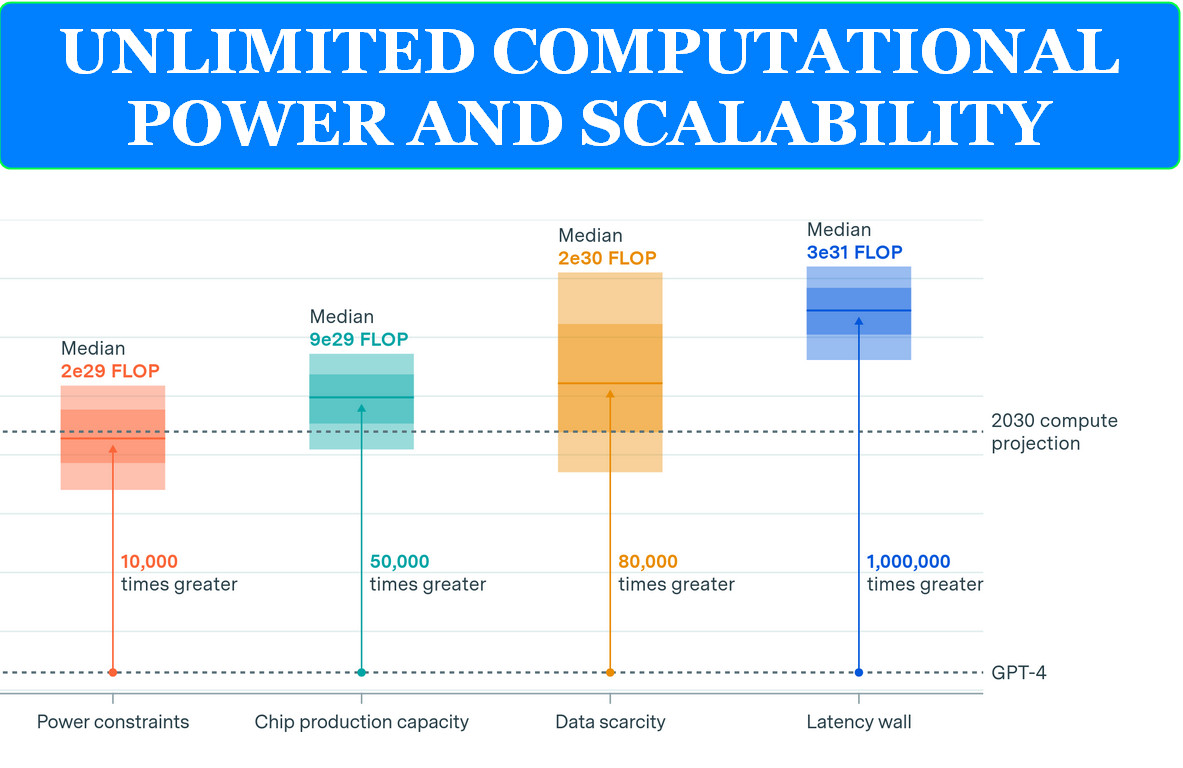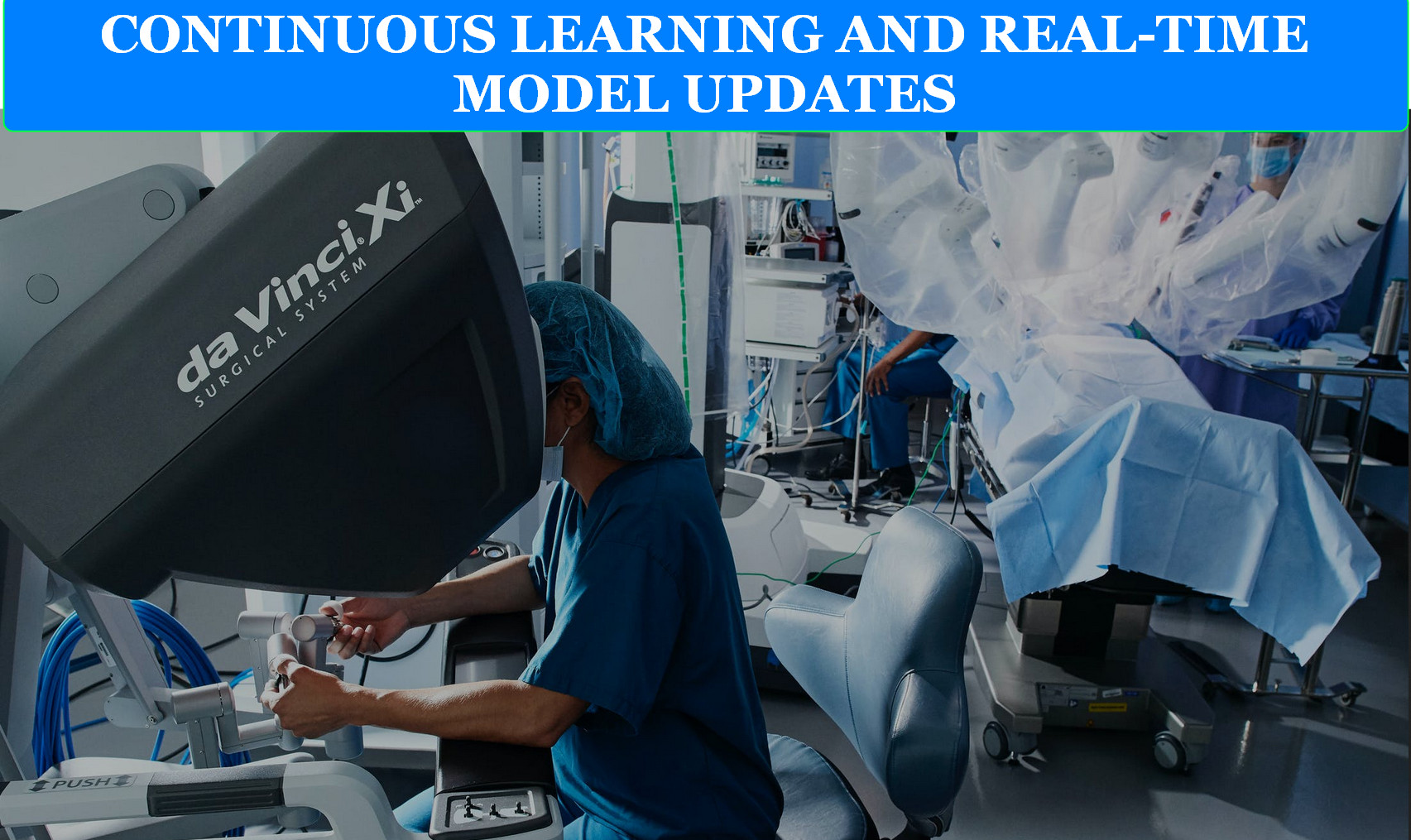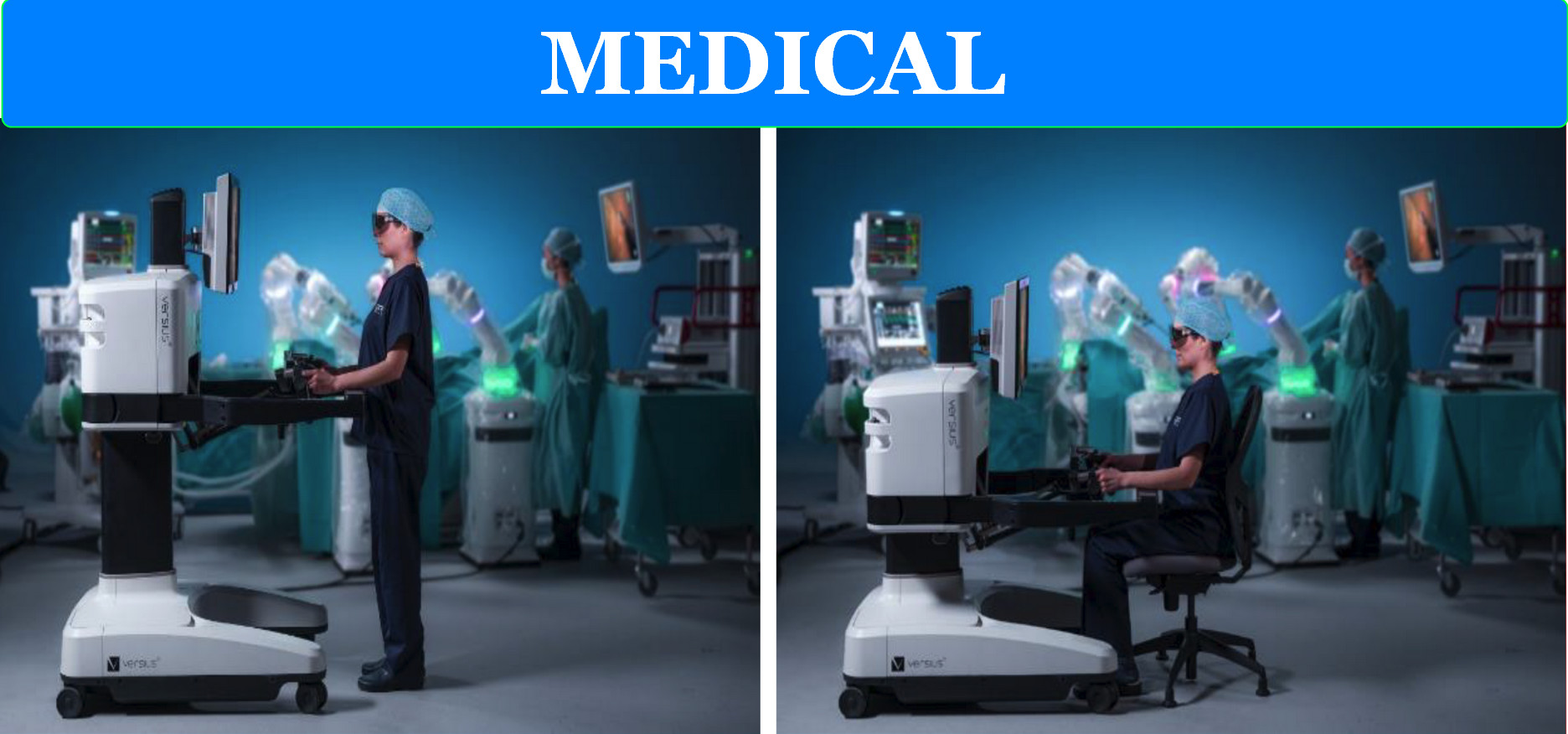In the rapidly evolving field of healthcare technology, artificial intelligence (AI) is transforming how medical devices function. AI-enhanced diagnostic tools, real-time monitoring systems, and predictive analytics are now common in everything from otoscopes to ECG monitors. But a critical distinction is emerging: AI built directly into the device (embedded AI) vs. AI delivered through the cloud.
While both approaches have their merits, cloud-based AI offers unmatched advantages that are shaping the future of connected healthcare. Here are 10 compelling reasons to prefer medical devices that connect to AI through the cloud over those with AI built-in.
1. UNLIMITED COMPUTATIONAL POWER AND SCALABILITY

Built-in AI is limited by the hardware inside the device — small processors, limited memory, and restricted battery life. These devices can only run light models, often with compromised precision due to computational constraints.
Cloud-based AI, however, can access powerful GPU clusters, massive memory banks, and parallel processing. As a result, it can run more complex and precise deep learning models, including those based on transformer architectures or multi-modal learning. These models can analyze data with greater depth, leading to more accurate diagnostics and predictions.
Cloud systems can also scale instantly, accommodating thousands or millions of devices simultaneously. This is essential for hospital networks, telehealth providers, and large-scale public health systems.
2. CONTINUOUS LEARNING AND REAL-TIME MODEL UPDATES

AI models embedded in medical devices are usually fixed at the time of manufacture or require a manual firmware update — a process often slow and impractical in regulated environments.
In contrast, cloud-based AI is dynamic. Models can be retrained and updated regularly based on aggregated anonymized data from thousands of users. These updates are pushed live without needing device recalls or manual user intervention.
This means that with cloud AI, a medical device continually improves in performance over time — learning from new patient cases, emerging medical knowledge, and even changes in disease patterns (e.g., new virus variants).
3. CENTRALIZED DATA AGGREGATION FOR IMPROVED INSIGHTS
AI is only as good as the data it learns from. Devices with built-in AI rely solely on the local data they collect, which is often limited and siloed.
Cloud-connected medical devices, on the other hand, feed data into centralized databases. This aggregation enables AI models to train on millions of anonymized cases from various demographics and geographies, improving generalizability and reducing algorithmic bias.
It also enables population-level insights — identifying trends in disease spread, early warning signs, or treatment efficacy — which are simply not possible with built-in AI alone.
4. LOWER DEVICE COST AND FASTER TIME TO MARKET

Integrating AI chips or high-performance computing units into a medical device increases manufacturing cost, complexity, and testing requirements. This can result in longer time to market and a higher retail price.
Cloud-based AI shifts the intelligence off the device and into the cloud, allowing for simpler hardware. A USB or Wi-Fi-enabled medical device can be produced with minimal internal processing and rely on cloud-based models for analysis.
This leads to faster development cycles, lower prices, and broader accessibility — especially critical for emerging markets and low-resource settings.
5. EASIER REGULATORY COMPLIANCE AND CERTIFICATION
Every time a built-in AI model is updated, it might require a new round of regulatory approval, especially for FDA-cleared or CE-marked devices. This is expensive and time-consuming.
With cloud AI, the algorithm is separated from the physical device. The device collects and transmits data, while the cloud handles interpretation. As long as data transmission and handling comply with security standards, regulatory updates are faster and more flexible.
This decoupling allows manufacturers to iterate and improve AI models without resubmitting the entire device for certification each time.
6. ENHANCED DATA SECURITY AND BACKUP
It may seem counterintuitive, but cloud systems offer better data security than embedded systems — when properly managed. Built-in AI systems store data locally, making them vulnerable to theft, loss, or unauthorized access if the device is stolen or compromised.
Cloud-based systems enable:
· End-to-end encryption
· Regular data backups
· User access control
· HIPAA/GDPR compliance management
Moreover, centralized systems allow for remote wiping, audit trails, and real-time monitoring of unusual access — features nearly impossible with offline AI devices.
7. SEAMLESS INTEGRATION WITH ELECTRONIC HEALTH RECORDS (EHR)
Modern cloud-connected medical devices can easily integrate with hospital or clinic EHR systems via APIs. This enables automatic syncing of diagnostic data, real-time alerts to physicians, and smoother workflows.
By contrast, built-in AI systems often require manual transfer of results via USB or paper-based reports — introducing latency, errors, and extra administrative burden.
Cloud systems also make remote access and telemedicine more seamless, allowing authorized healthcare providers to review results from anywhere.
8. MULTI-DEVICE ECOSYSTEM COMPATIBILITY
In most clinics and hospitals, multiple types of devices are used: otoscopes, ECGs, thermometers, ultrasound scanners, etc. When AI is built into each device individually, the intelligence is isolated — there’s no cross-device communication.
Cloud-based AI platforms allow for interoperability across devices. For example:
· An AI model can combine ECG data from one device with oxygen saturation data from another.
· The cloud system can create a unified patient profile and support better diagnostics by correlating data.
This multi-modal intelligence is only feasible through centralized, cloud-powered AI.
9. REMOTE DEVICE MONITORING AND FLEET MANAGEMENT
For manufacturers or distributors, devices with embedded AI are harder to track and support once deployed in the field.
With cloud-based systems, every connected device can:
· Send usage logs
· Report software errors or hardware faults
· Be updated or reconfigured remotely
· Be managed as part of a global device network
This is especially valuable for organizations deploying hundreds or thousands of units across clinics, pharmacies, or home care settings. It drastically reduces support costs and downtime.
10. PREPAREDNESS FOR FUTURE AI STANDARDS AND INTEROPERABILITY
The future of medical AI is moving toward:
· Federated learning
· AI-as-a-Service (AIaaS)
· Regulatory sandboxes for real-time validation
· Interoperability between vendors
Devices with embedded AI may quickly become obsolete or incompatible with future frameworks.
By contrast, cloud-based medical devices can be plugged into evolving AI ecosystems. They can switch between AI models (e.g., model A for cardiac, model B for dermatology), integrate third-party APIs, or participate in collaborative AI learning networks.
This ensures future-proofing and better long-term value.
🧠 CONCLUSION: THE CLOUD IS THE FUTURE OF SMART HEALTHCARE DEVICES
Built-in AI can be useful in very specific contexts: environments with no internet, emergency fieldwork, or high-speed applications requiring ultra-low latency. However, for most clinical, home-care, and diagnostic use cases, cloud-based AI offers overwhelming advantages in flexibility, scalability, and intelligence.
It enables devices to:
· Continuously evolve,
· Collaborate with other systems,
· Protect patient data more effectively,
· And support the broader mission of connected, precision-based healthcare.
As the industry moves toward global health integration, the cloud is not just an option — it’s the foundation.
